-
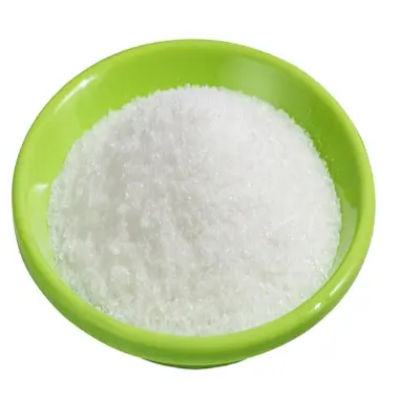
Propylene Glycol Alginate CAS:9005-37-2
Propylene Glycol Alginate (PGA) is a food additive and thickening agent derived from seaweed. It is commonly used in the food industry as a stabilizer and emulsifier in various products such as salad dressings, ice cream, and beverages. PGA is also utilized in the pharmaceutical and cosmetic industries for its thickening and emulsifying properties. It is considered safe for consumption and is approved for use in food products by regulatory authorities around the world.
-
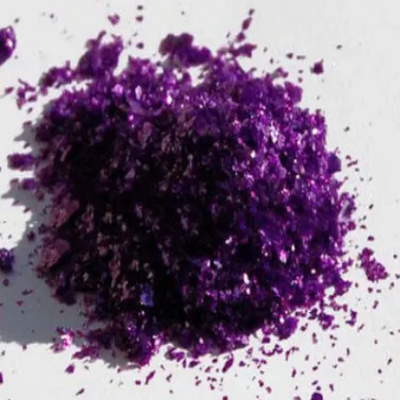
Mulberry Red (Anthocyanins) CAS:11029-12-2
Mulberry Red (Anthocyanins) is a natural pigment found in mulberries that belongs to the flavonoid group of compounds. It is responsible for the red, purple, and blue colors in various fruits, vegetables, and flowers. Anthocyanins are known for their antioxidant properties and potential health benefits.
-

Monocalcium Phosphate Anhydrous (MCPA)CAS:7758-23-8
Monocalcium Phosphate Anhydrous (MCPA) is a chemical compound commonly used as a leavening agent in baking powders and in the food industry. It is also utilized as a mineral supplement in animal feed to provide essential phosphorus and calcium.
-
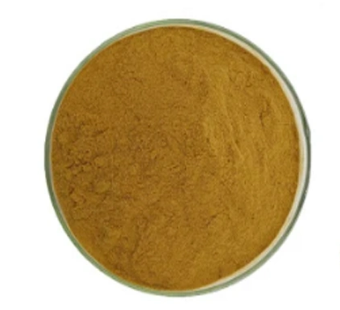
Milk Thistle Extract CAS:84604-20-6
Milk Thistle Extract is derived from the seeds of the milk thistle plant, scientifically known as Silybum marianum. It is commonly used as a herbal supplement due to its potential health benefits.
-

Nicotinic Acid CAS:59-67-6
Nicotinic Acid, also known as niacin or vitamin B3, is an essential nutrient that plays a key role in energy metabolism and cellular health. It is commonly found in various foods such as meat, fish, and nuts, and can also be synthesized in the body from the amino acid tryptophan.
-
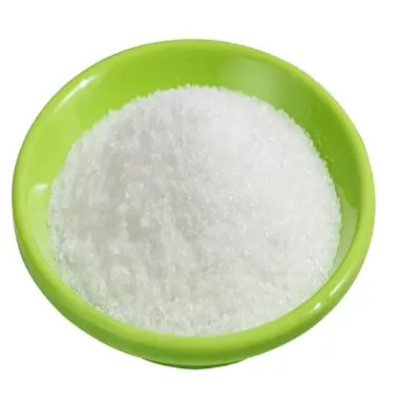
Phytosrterol CAS:68441-03-2
Phytosterols are natural compounds found in plants that are structurally similar to cholesterol. They are known for their potential to lower cholesterol levels and reduce the risk of heart disease.
-

Oilve Leaf Extract CAS:8060-29-5
Olive Leaf Extract is a natural supplement derived from the leaves of the olive tree. It is known for its potential health benefits and has been used in traditional medicine for centuries.
-

Lyophilized Royal Jelly CAS:8031-67-2
Lyophilized Royal Jelly is a natural substance produced by honey bees to feed their queen bee. It is a nutrient-rich substance containing proteins, vitamins, minerals, and amino acids.
-
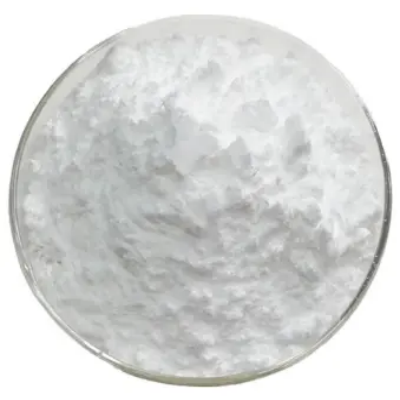
Magnesium Lactate CAS:179308-96-4
Magnesium Lactate is a mineral supplement that combines magnesium with lactic acid. It is commonly used to support overall health and wellness, as magnesium is essential for various bodily functions, including muscle and nerve function, energy production, and bone strength. Magnesium Lactate is often taken as a dietary supplement to help maintain adequate magnesium levels in the body.
-

Malic Acid CAS:6915-15-7
Malic Acid is a naturally occurring organic compound found in various fruits, such as apples and grapes. It is often used as a food additive to give a sour or tart taste to products. In addition to its use in the food industry, Malic Acid is also utilized in the production of beverages, confectionery, and personal care products.
-
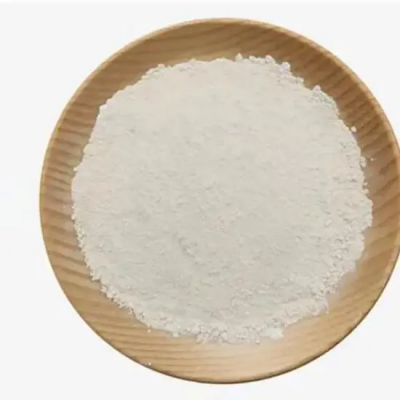
N-Acetyl-L-Carnitine HCL CAS:5080-50-2
N-Acetyl-L-Carnitine HCL is a naturally occurring compound that is often used as a dietary supplement. It is a modified form of the amino acid L-carnitine and is known for its potential health benefits.
-
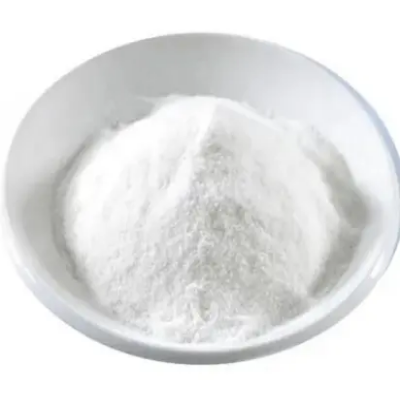
L-Leucine CAS:61-90-5
L-Leucine is an essential amino acid that plays a key role in protein synthesis and muscle repair. It is commonly found in foods such as meat, dairy, and legumes. As one of the three branched-chain amino acids (BCAAs), L-Leucine is important for promoting muscle growth and recovery, making it popular among athletes and bodybuilders.

